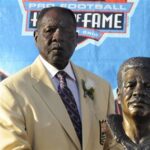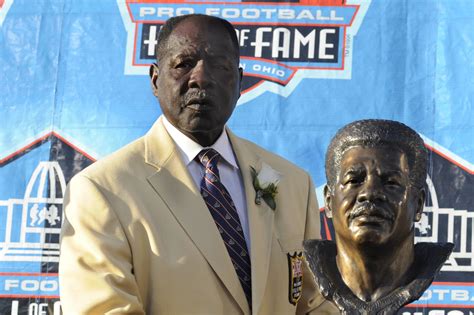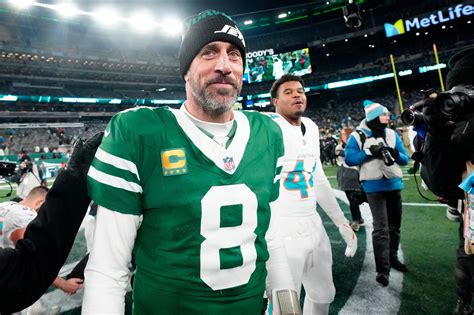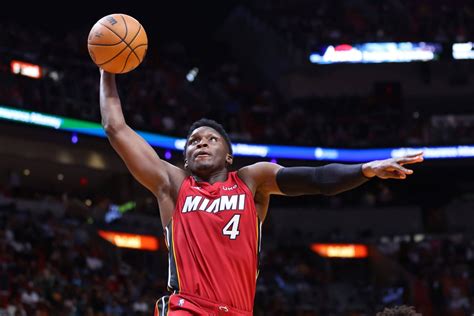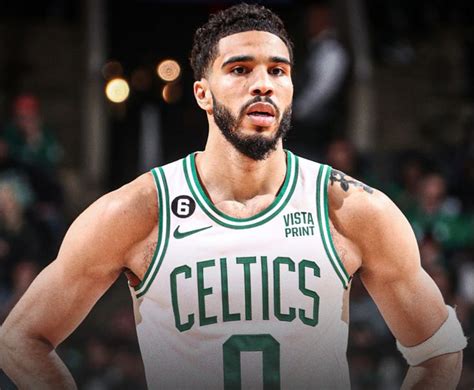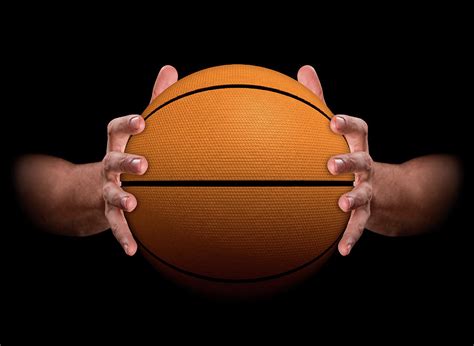
Phil Jackson ignited a social media debate, questioning the impact of players habitually grabbing a basketball with one hand on the game’s overall skill level and fundamentals.
Phil Jackson, the legendary former coach of the Chicago Bulls and Los Angeles Lakers, has sparked a widespread discussion about the state of basketball, specifically targeting players’ increasing reliance on one-handed ball pickups. In a recent social media post, Jackson suggested that this seemingly minor habit might contribute to a decline in fundamental basketball skills. “Watching some NBA games,” Jackson wrote, “are players being taught to catch the ball with two hands? Seems like a lot of one-hand grabs that lead to bobbles and turnovers.” This observation has resonated with many fans and analysts, prompting a deeper examination of how modern training methods and playing styles may be influencing the game.
Jackson’s critique raises questions about the emphasis placed on athleticism and individual flair over fundamental techniques. The seven-time NBA champion, known for his triangle offense and emphasis on team-oriented play, appears to be advocating for a return to basics. The implication is that consistently using two hands to secure the ball could improve ball security, reduce turnovers, and ultimately enhance overall team performance. While some see Jackson’s comment as a valid point about skill development, others believe it’s an old-school perspective that doesn’t appreciate the athleticism and evolution of the contemporary game.
The issue isn’t merely about aesthetics; it delves into the practical implications of how players control the ball. Grabbing a ball with one hand, while sometimes necessary for quick transitions or highlight-reel plays, can compromise control, especially when dealing with a poorly thrown pass or defensive pressure. Jackson’s tweet specifically points out the resulting “bobbles and turnovers,” suggesting that the habit is contributing to unforced errors. His concern appears to be that consistently teaching and practicing two-handed catches would create a more secure foundation for players at all levels.
The impact of Jackson’s comment has extended beyond a simple Twitter exchange. It has opened up a broader conversation about the evolution of basketball training and the balance between developing athleticism and reinforcing fundamental skills. Many coaches and trainers at the youth, high school, and college levels are now re-evaluating their approaches to ball-handling instruction. The debate also touches on the influence of social media highlights and the pressure on young players to emulate flashy moves seen in the NBA, sometimes at the expense of mastering the basics.
Adding fuel to the fire, various basketball analysts and former players have weighed in on the debate, offering a range of perspectives. Some argue that the increased pace and athleticism of the modern game necessitate a more adaptable approach to ball handling, while others emphasize the timeless importance of fundamental techniques. This divergence of opinion highlights the complexity of the issue and the need for a nuanced understanding of how training methods can best prepare players for the demands of the game.
Jackson’s comment isn’t the first time he has voiced concerns about the modern NBA. He has often critiqued the league’s emphasis on individual performance over team play and the increasing reliance on analytics at the expense of intuition and feel. His latest observation about one-handed ball grabs fits into this broader narrative, reflecting his belief that the game is gradually losing its emphasis on fundamental basketball values.
The conversation Jackson initiated extends to the very definition of skill in modern basketball. Is skill defined by spectacular dunks and crossovers, or does it encompass the less glamorous but equally important aspects of ball security, passing accuracy, and defensive positioning? The answer likely lies in a combination of both, but Jackson’s comment serves as a reminder that even the most athletic players can benefit from a strong foundation in fundamental skills.
Furthermore, Jackson’s critique touches on the role of coaching at all levels of basketball. If players are consistently taught to catch the ball with two hands from a young age, it becomes ingrained in their muscle memory, reducing the likelihood of turnovers and improving overall ball control. This suggests that coaches have a responsibility to prioritize fundamental training, even as they also work to develop players’ individual talents and athleticism.
The rise of AAU basketball and specialized training programs has also been cited as a potential factor in the shift away from fundamental training. In these environments, the focus is often on showcasing individual skills and attracting college scouts, which can sometimes come at the expense of a more comprehensive approach to player development. Jackson’s comment raises the question of whether these programs are adequately preparing players for the demands of college and professional basketball, where teamwork and fundamental skills are often paramount.
In conclusion, Phil Jackson’s seemingly simple observation about one-handed ball grabs has sparked a complex and multifaceted debate about the state of basketball. While opinions may vary on the significance of this particular habit, the broader conversation it has generated is undoubtedly valuable. It serves as a reminder that fundamental skills remain essential, even in the modern, high-paced game, and that coaches and trainers have a responsibility to prioritize these skills in their approach to player development. Whether or not one-handed ball grabs are ultimately detrimental to the game remains to be seen, but Jackson’s comment has certainly prompted a much-needed discussion about the importance of fundamentals in basketball.
The discussion also highlights the challenges of balancing tradition with innovation in basketball. While some argue that the game is constantly evolving and that new techniques and styles are necessary to keep pace, others emphasize the timelessness of fundamental skills. Finding the right balance between these two perspectives is crucial for ensuring that the game continues to grow and improve without sacrificing its core values. Jackson’s comment serves as a reminder that even as the game evolves, the importance of fundamentals should not be overlooked.
The debate also underscores the importance of critical thinking and independent analysis in evaluating basketball performance. While statistics and analytics can provide valuable insights into player performance, they do not always capture the nuances of the game. Jackson’s comment suggests that coaches and analysts should also rely on their own observations and intuition to identify areas for improvement. This requires a deep understanding of the game and a willingness to challenge conventional wisdom.
Finally, Jackson’s comment highlights the power of social media to spark meaningful conversations about important issues. While social media can often be a source of negativity and division, it can also be a powerful tool for engaging in constructive dialogue and promoting positive change. In this case, Jackson’s tweet has generated a widespread discussion about the state of basketball, prompting coaches, players, and fans to re-evaluate their perspectives on the game.
Frequently Asked Questions (FAQ)
Q1: What was Phil Jackson’s main point about one-handed ball grabs?
A1: Phil Jackson’s main point was that the increasing tendency of basketball players to grab the ball with one hand, rather than two, might be contributing to a decline in fundamental basketball skills, leading to bobbles and turnovers. He implied that a greater emphasis on two-handed catches could improve ball security and overall team performance.
Q2: Why is grabbing the ball with two hands considered more fundamental?
A2: Grabbing the ball with two hands is considered more fundamental because it generally provides greater control and stability, reducing the likelihood of fumbles or turnovers. Two-handed catches create a more secure grip, especially when dealing with passes that are off-target or when under defensive pressure. It establishes a solid base for subsequent actions, such as passing, shooting, or dribbling.
Q3: Have other basketball figures supported or refuted Jackson’s claim?
A3: Yes, Jackson’s claim has been met with mixed reactions. Some basketball analysts and former players support his view, emphasizing the importance of fundamental skills and ball security. Others argue that the modern game’s increased pace and athleticism necessitate a more adaptable approach to ball handling, where one-handed grabs might be more efficient in certain situations.
Q4: How might coaching practices contribute to the prevalence of one-handed ball grabs?
A4: Coaching practices may contribute to the prevalence of one-handed ball grabs if they prioritize individual skills and flashy plays over fundamental techniques. Some coaches, particularly in AAU basketball or specialized training programs, might focus on developing players’ athleticism and offensive capabilities, potentially neglecting the importance of consistent two-handed catches and other fundamental skills. The pressure to showcase individual talent can also lead to players favoring one-handed grabs for aesthetic appeal.
Q5: What are the potential long-term impacts of prioritizing athleticism over fundamental skills in basketball training?
A5: Prioritizing athleticism over fundamental skills in basketball training could lead to a decline in overall ball security, increased turnovers, and a diminished emphasis on teamwork and strategic play. While athleticism is undoubtedly important, a lack of fundamental skills can limit a player’s ability to perform consistently and effectively in high-pressure situations. A long-term neglect of fundamentals might also hinder the development of younger players, creating a generation of athletes who are physically gifted but lack the technical skills to excel at the highest levels of the game.
Expanded Analysis:
Phil Jackson’s seemingly simple tweet has unveiled a complex tapestry of concerns within the basketball community. It isn’t simply about whether a player uses one hand or two; it’s about the underlying philosophy of training, the evolving nature of the game, and the very definition of skill in the 21st-century NBA.
The discussion surrounding Jackson’s comment has served to highlight the tension between tradition and innovation in basketball. The “old school” approach, championed by Jackson, emphasizes the importance of fundamentals as the bedrock upon which all other skills are built. This perspective holds that mastering the basics – two-handed catches, crisp passing, solid defensive positioning – is crucial for long-term success.
However, the modern game has undeniably changed. The increased athleticism, speed, and emphasis on three-point shooting have led to a more dynamic and free-flowing style of play. Some argue that these changes necessitate a more adaptable approach to ball handling, where one-handed grabs are sometimes necessary for quick transitions and highlight-reel plays. They contend that rigidly adhering to traditional techniques could stifle creativity and hinder the development of innovative playing styles.
The debate also underscores the influence of media and popular culture on young players. Social media platforms are filled with highlight reels showcasing spectacular dunks, crossovers, and no-look passes. These highlights often feature one-handed grabs and other flashy moves, which can be enticing for young players to emulate. The pressure to create viral moments can sometimes overshadow the importance of mastering fundamental skills.
Furthermore, the rise of AAU basketball and specialized training programs has contributed to a shift in training priorities. In these environments, the focus is often on showcasing individual talent and attracting college scouts. This can lead to a neglect of fundamental skills, as coaches and trainers prioritize developing players’ offensive capabilities over defensive fundamentals and ball security.
Jackson’s critique also raises questions about the role of analytics in modern basketball. While advanced statistics can provide valuable insights into player performance, they do not always capture the nuances of the game. Jackson has often expressed skepticism about the overreliance on analytics, arguing that intuition and feel are equally important for making sound decisions on the court.
The debate about one-handed ball grabs also touches on the issue of player development at the professional level. Some argue that NBA teams should place a greater emphasis on fundamental training, particularly for young players who are still developing their skills. This could involve dedicated practice sessions focused on ball handling, passing accuracy, and defensive positioning.
However, others argue that NBA players are already highly skilled and that focusing on fundamental training would be a waste of time and resources. They contend that the emphasis should be on refining players’ existing skills and developing strategies that maximize their strengths.
The conversation sparked by Jackson’s tweet has also highlighted the importance of coaching at all levels of basketball. Coaches have a responsibility to teach players the fundamentals of the game, regardless of their age or skill level. This involves not only teaching the correct techniques but also instilling a mindset that values hard work, discipline, and teamwork.
Coaches also need to be aware of the potential influence of social media and popular culture on young players. They should encourage players to focus on mastering fundamental skills rather than simply trying to emulate flashy moves.
The debate about one-handed ball grabs is ultimately a debate about the future of basketball. It is a discussion about how to balance tradition with innovation, how to prioritize athleticism and fundamental skills, and how to develop players who are both skilled and disciplined.
While there is no easy answer to these questions, the conversation sparked by Jackson’s tweet is a valuable step in the right direction. It has prompted coaches, players, and fans to re-evaluate their perspectives on the game and to consider how they can contribute to its continued growth and improvement.
Ultimately, the success of basketball depends on the ability of its participants to embrace both tradition and innovation. By mastering the fundamentals of the game and by constantly seeking new and creative ways to improve, players can ensure that basketball remains a dynamic and exciting sport for generations to come. Jackson’s assertion isn’t just about technique; it’s about the very soul of the game.
The ripple effects of this debate extend beyond professional basketball. At the youth level, coaches are now more mindful of emphasizing two-handed catches, reinforcing the importance of securing the ball. High school programs are also taking note, implementing drills designed to improve ball security and reduce turnovers. The conversation has created a heightened awareness of fundamental skills and their impact on overall performance.
Furthermore, Jackson’s comments have resonated with older generations of basketball fans, who often lament the perceived decline in fundamental skills in the modern game. They view his critique as a validation of their concerns and a call for a return to the values that made basketball great. This intergenerational dialogue highlights the enduring appeal of fundamental skills and their importance in preserving the integrity of the game.
The debate also underscores the importance of critical thinking and independent analysis in evaluating basketball performance. Statistics and analytics can provide valuable insights, but they don’t always capture the nuances of the game. Jackson’s comment suggests that coaches and analysts should also rely on their own observations and intuition to identify areas for improvement.
In addition, the discussion sparked by Jackson’s tweet has highlighted the power of social media to shape public opinion and influence the discourse surrounding important issues. While social media can often be a source of negativity and division, it can also be a powerful tool for engaging in constructive dialogue and promoting positive change.
Finally, Jackson’s comment serves as a reminder that even the most successful individuals can have a profound impact on the world around them. By using his platform to voice his concerns about the state of basketball, Jackson has sparked a conversation that could ultimately lead to positive change. His willingness to challenge conventional wisdom and advocate for his beliefs is a testament to his commitment to the game and his desire to see it thrive.
The entire episode demonstrates how a simple observation, delivered through a modern medium like Twitter, can ignite a passionate debate and force a re-evaluation of long-held assumptions. The legacy of Phil Jackson extends far beyond his coaching championships; it includes his willingness to challenge the status quo and advocate for the values he believes in, even when those values are at odds with prevailing trends. His one-handed ball grab comment will likely be remembered as more than just a tweet; it will be seen as a catalyst for a broader conversation about the essence of basketball and the importance of preserving its fundamental principles.

